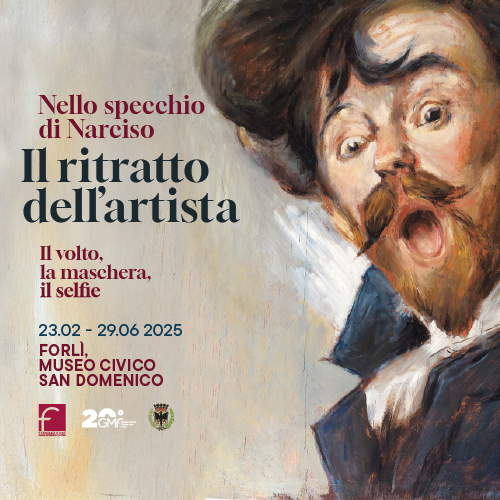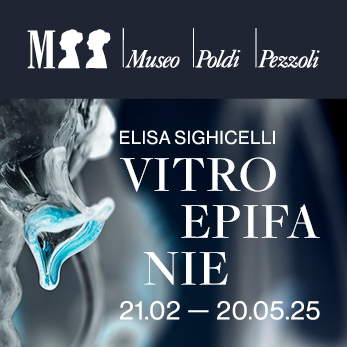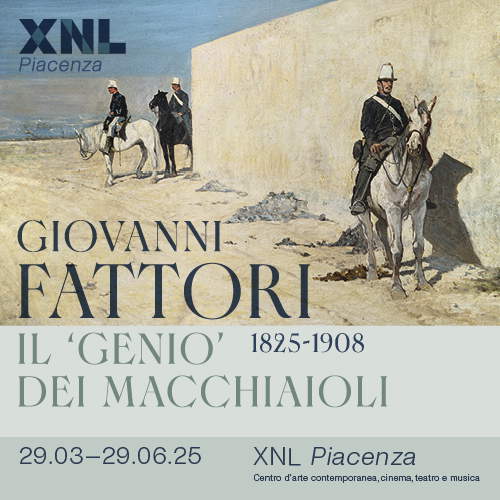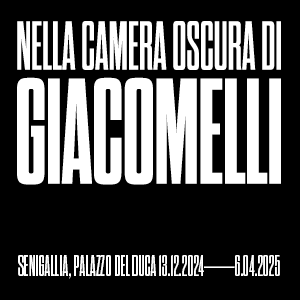At the San Domenico Museums in Forlì a major exhibition on the artist's portrait, from the Ancient to the Twentieth Century
A compendium of art history around the role of the self-portrait in the poetics of artists, from the Ancient to the Twentieth Century: this is the intent of the new exhibition at the San Domenico Civic Museum in Forlì scheduled from February 23 to June 29, 2025, entitled The Portrait of the Artist. In the Mirror of Narcissus. The face, the mask, the selfie. Directed by Gianfranco Brunelli and curated by Cristina Acidini, Fernando Mazzocca, Francesco Parisi and Paola Refice, the exhibition, which will run from the former Church of San Giacomo to the spacious rooms on the second floor, once the library of the Convent of San Domenico, celebrates the 20th anniversary of the major exhibitions promoted by the Fondazione Cassa dei Risparmi di Forlì in collaboration with the city administration. The exhibition design and artistic direction were entrusted to Studio Lucchi & Biserni.
Through a path from Antiquity to the 20th century, the exhibition explores the self-portrait as a reference to the myth of Narcissus, narrated by Ovid in the Metamorphoses: the reflection of Narcissus in the fountain becomes a metaphor for the artist’s self-image. Already Leon Battista Alberti, in De pictura (1435), took up this image to define the visual arts as speculative arts and introduce the figure of the artist as an intellectual, the protagonist of his own age. Alberti’s vision marks the beginning of the role of the artist in modernity, in which the author hands down his image to posterity, making his work immortal.
Beginning in the humanistic age, the self-portrait increasingly established itself as a means of expressing one’s talent and affirming the artist’s social role. The exhibition opens precisely with the section The Myth of the Artist. Narcissus and the Birth of the Portrait, which features emblematic works such as Tintoretto ’s Narcissus at the Fountain (Galleria Colonna, Rome), Paul Dubois ’ Narcissus (Musée d’Orsay) and an impressive tapestry by Corrado Cagli depicting Narcissus from the collection of the Senate of the Republic. The aim is to investigate the theme of self-portraiture and the artist’s gradual rise to prominence in art history.
This is followed by the section Persona. The Mirror, the Mask and the Face, which brings together strongly evocative objects, such as two Emblems of theatrical masks (10-50 A.D.) from the Etruscan Museum of Villa Giulia, which were called persona in Latin because they were used to amplify the voice of actors (per-sonare). The section also includes engraved mirrors, which invoke the theme of reflection, both literally and metaphorically.
“In the Middle Ages there were no self-portraits,” explains curator Paola Refice. “There are, however, portraits that the artist makes of himself within the work. This apparent contradiction is based on the very role of art making. The painter-or the stone mason, or the architect, or the miniaturist-is a craftsman. Skilled and experienced as much as one likes, but he remains, in essence, a performer. His self-consciousness is destined to grow as his activity moves away from the sphere of the mechanical arts and into that of the liberal arts. From the very beginning of this slow ascent, the artist reclaims a place, however minimal, within the creative process. Turning to the Creator, who in medieval culture is the source of all representation of reality, he dedicates his work to him by depicting himself within it. These are the figures we find in the carved slabs of amboes or illuminated codices, and, later, in the fresco cycles of the Gothic age: not subjects of the work, as will happen from the Renaissance, but a substantial part of the creative process.”
In Per speculum. The Image of the Invisible, the focus shifts to the face as an expression of the soul and vehicle of the divine. The Middle Ages saw the invention of reflective glass (1250), which transformed the mirror into a powerful allegorical symbol. In the Renaissance, the reflected face becomes charged with multiple meanings and generates allegories often with female subjects. In the Allegories of the Image - Prudence, Mirror Virtue and Vanitas/Veritas sections, works such as theAllegory of Prudence by Marcello Venusti and Donato Creti, Rustichino’s Wisdom and Prudence, Titian ’s Venus and Jacob de Backer’s Venus and Love are exhibited.
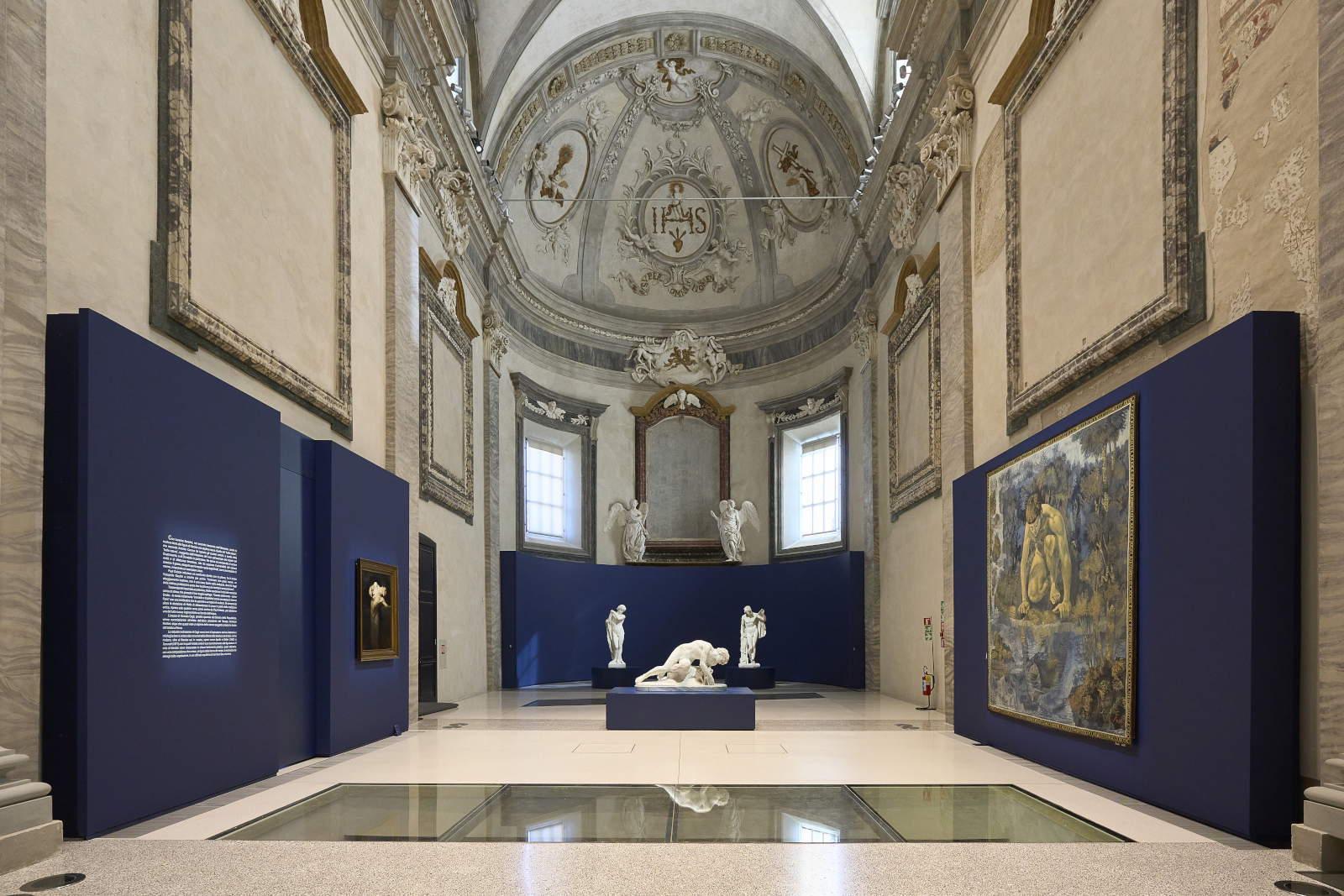
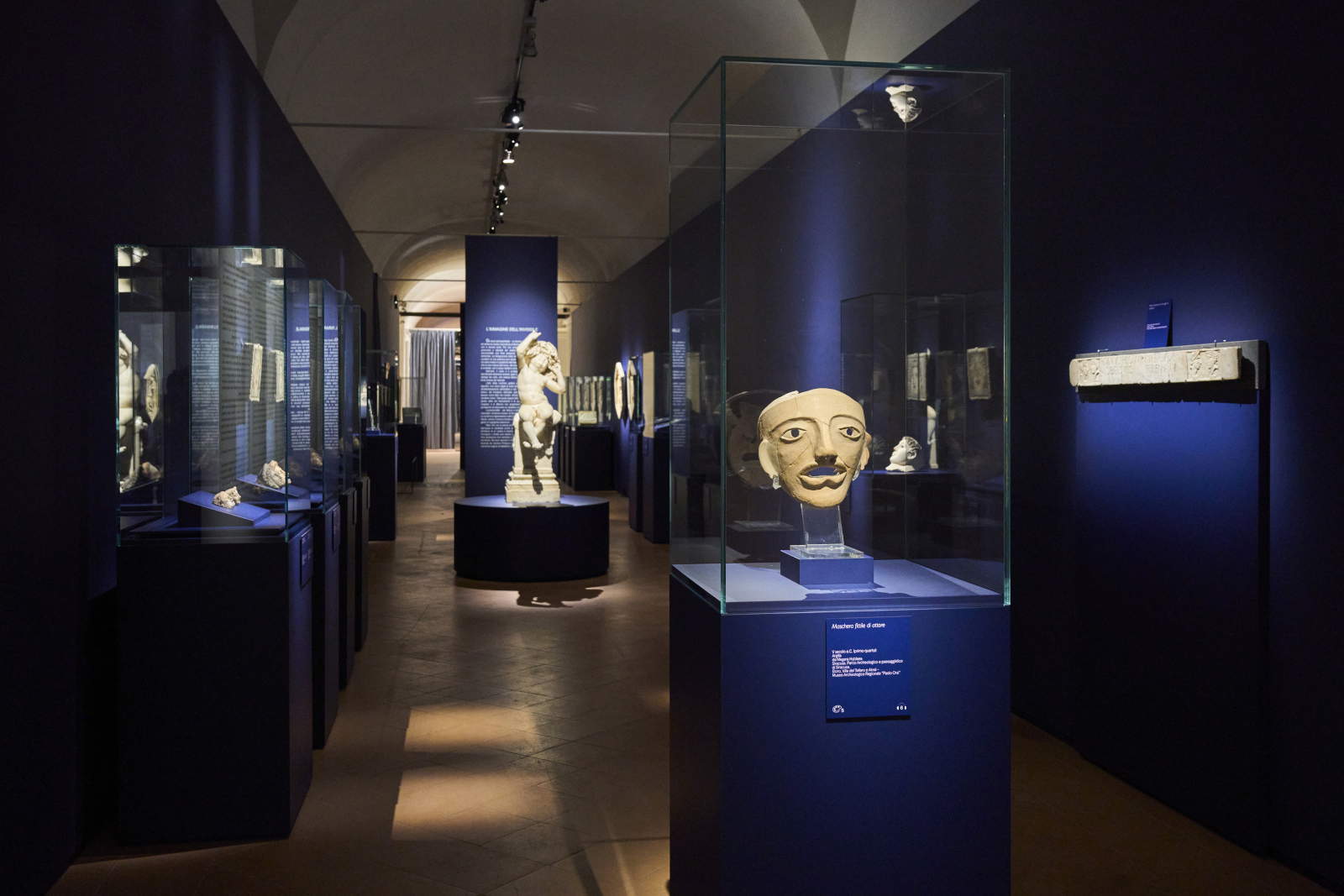
“The consciousness of one’s inner identity passes through the contemplation of the self-image, as seen reflected in the mirror: a mirror that, in the symbolic language of Western philosophy and art, can be, depending on the context, either the instrument of a virtuous analysis or the ’deadly’ (the adjective is Petrarch’s) tool of a vain complacency,” explains curator Cristina Acidini referring to the theme of the mirror. “This is why the allegories, of opposite sign, of Prudence and Vanity are represented in the exhibition. The first is a virtue that scrutinizes itself in the mirror, pondering cautious and sensible choices. The second, on the other hand, seeks in the mirror confirmation of its ephemeral physical beauty. The Latin name, vanitas, designates a type of ”still life“ that alludes to the brevity of life and pleasures. The theme of the mirror returns in the self-portrait, a special kind of portrait in which the artist represents himself and at the same time his social status, tastes, and world. Among those on display, a nucleus comes from the world’s most prestigious collection of self-portraits, in the Uffizi Galleries in Florence.”
The self-portrait then takes on new connotations in the section Ad acquistar nome, divided between The Artist Narrative Subject and The Self-Image Among Illustrious Men. In the 15th century, artists began for the first time to include their faces in collective scenes, often as witnesses or commentators on the moral significance of the work, emancipating themselves from the role of mere artisans, as in Giovanni Bellini’s Presentation in the Temple. In the 16th century, the self-portrait becomes an autonomous, biographical genre, conveying existential and artistic reflections, as in Parmigianino ’s Head of a Young Man with Hairstyle from the Fondazione Cariparma Art Collections, Pontormo ’s Double Portrait, and Sofonisba Anguissola ’s Self-Portrait with Spinet from the Museo e Real Bosco di Capodimonte.
In the 17th century, the depiction of the artist in his or her working environment, caught in the moment of artistic creation, recurs frequently. This theme is explored in the Transfigurations of the Artist section, where alongside the theme of the intimate, colloquial portrait there is also the theme of the pictor doctus, the gentleman intellectual. On display here are Bernini’s first self-portrait in the form of a drawing, Simon Vouet’s Herodias, engravings by Rembrandt, Diego Velázquez ’s Portrait of Juan de Cordoba from the Capitoline Museums, and Artemisia Gentileschi from the Palazzo Barberini.
At the end of the seventeenth century, the concept of mask and theatrical representation also became central to artists, as explored in the section In the Great Theater of the World, with works such as The Allegory of the Three Arts (Painting, Music and Poetry) or Sirani ’s The Three Sisters and Salvator Rosa’sSelf-Portrait as a Warrior .
In the 18th century, the self-portrait stands between ideality and history, reason and sentiment, between the pursuit of the ideal beautiful and the irruption of the sublime, as recounted in The Undecided Self-Portrait. Between ideal beauty and the feeling of the sublime. The artist goes in search of a perfect form but then discovers the irruption of the reality of history and the feeling of nature. An example of this is the self-portrait of Anne Seymour Damer, from the Uffizi, who signs her portrait in ancient Greek, claiming a cultural heritage usually precluded to women.
“With the opening of the nineteenth century,” explains curator Fernando Mazzocca, “it would be the two great protagonists of the birth and affirmation of modern neoclassical sculpture, Antonio Canova and Bertel Thorvaldsen, who would pursue - at one point entering into rivalry - a path of self-celebration, entrusting their immortal glory to their deified self-portraits. But the genre of the self-portrait would come into its own especially with the new Romantic temperament, taking on an emblematic value in restoring the creative power, ingenuity, and existential condition of the artist, as well as his role-sometimes conflicting-in a society that was changing. In the many self-portraits, punctuated with continuity throughout the course of a resounding career, it would be Francesco Hayez-a protagonist of Italy’s historical Romanticism-who would demonstrate that he could manage, like few other artists, his own image, including in his relations with patrons and power. Throughout the century, artists-from Ingres to Moreau, Piccio to Fattori, Max Klinger to Franz von Stuck-employed self-portraiture as a means of proudly claiming their place in society, or as a tool for self-analysis by laying bare their most intimate dimension. A radical change will occur in the twentieth century, with the birth of the avant-garde movements and then in the climate of the return to order between the two wars, when the self-portrait will take on the value of a programmatic declaration of the artist’s creative path, as in the case of Giorgio de Chirico, who will endlessly vary the representation of himself, reflecting in it the different moments of an extraordinary story.”
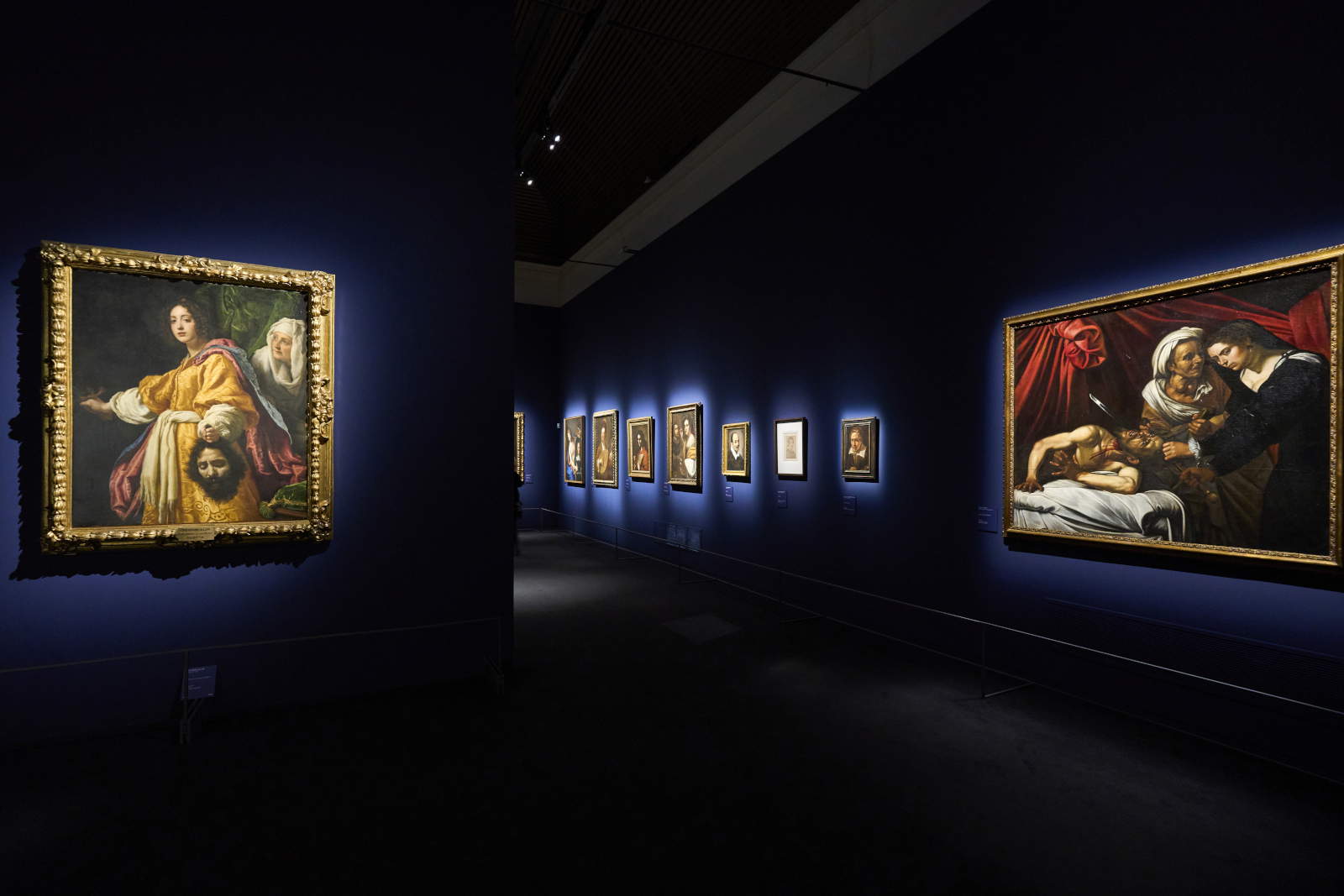
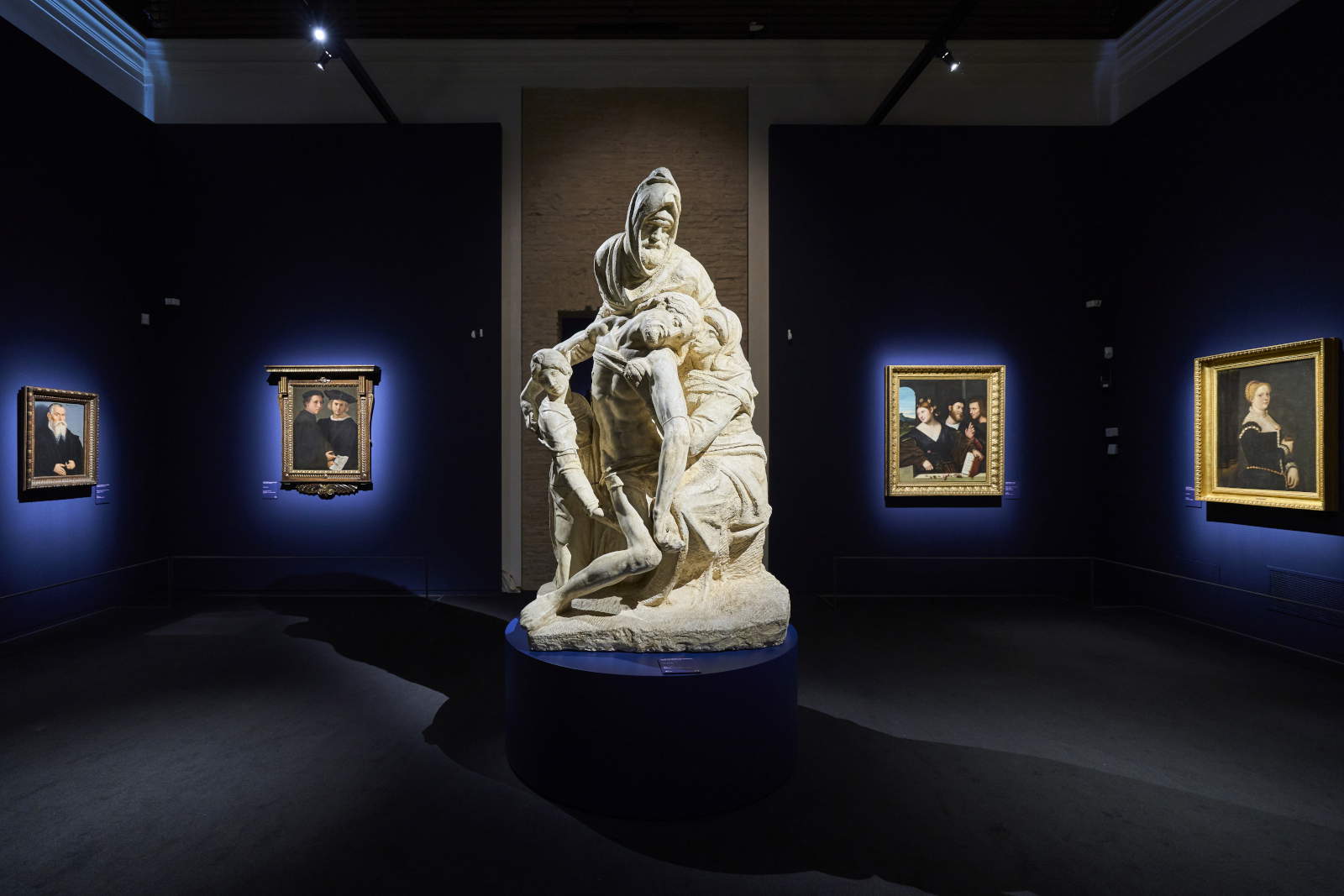
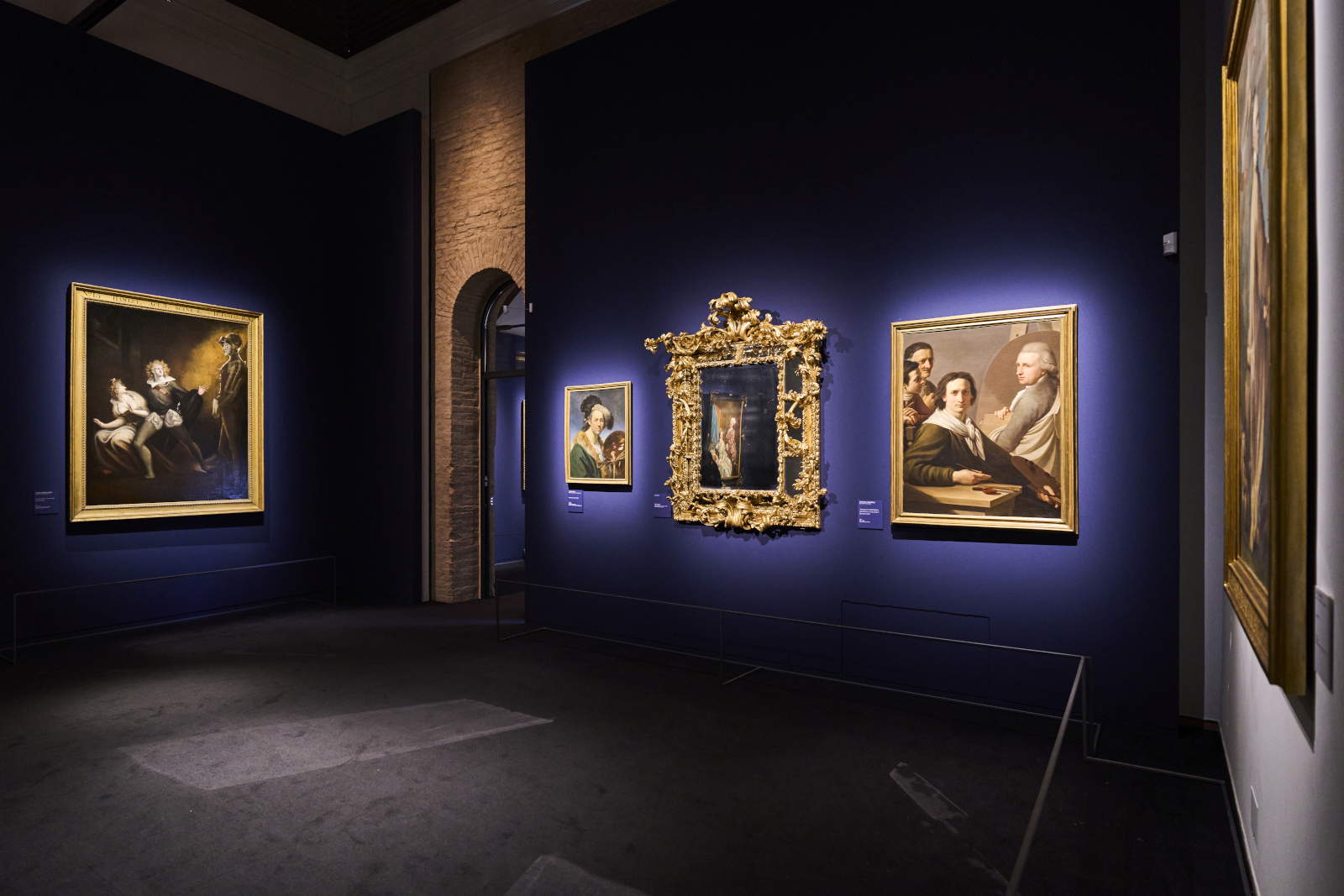
The section Autobiographies. Passions and History explores the romantic significance of the self-portrait, elevating the artist to a solitary hero and prophet of art. The generation between the end of the eighteenth century and the first thirty years of the nineteenth century is shown in a sequence of freeze-frame faces, in a whirlwind of historical events and emotions, a gallery of self-portraits that tell the story of the search for the self until the arrival of photography that will take over. Here we find Gustave Moreau’s famous self-portrait.
“The period defined as fin-de-siècle suggests a cultural climate that covers both what is characteristic of many modern phenomena and the underlying ’state of mind’ that finds expression in them,” points out curator Francesco Parisi. “In this periplus, death, the devil and Medusa-like beauty occupy a central place in Symbolist iconography, and the theme of the self-portrait also conforms to this inclination by playing a key role by offering artists new insights into representation, such as the immutable tranquility of the skull, the artist absorbed in the dream, the love of death and death itself. In addition to the moralistic character model of Homo bulla est, the image of the skull that often accompanies self-portraits becomes for Symbolist painters-even where concealed in the motif of closed eyes, because of the similarity between sleep and death-a symbol of that vision through which the artist reveals the spiritual dimension behind the visible world.”
In the twentieth century, the self-portrait becomes a tool for psychological and social investigation. The section The Secret Language of Symbols includes works such as Emile Bernard’sSelf-Portrait with Yellow Turban, Juana Romani ’sSelf-Portrait or Arnold Böcklin’s Medusa’s Head, while the section Narcissus in the Mirror of the Twentieth Century features works such as Giacomo Balla ’s Self-Smorphia and Armando Spadini’s Self-Portrait with Armor.
The trauma of World War I marks a turning point: society becomes fragmented, and with it the image of the artist. De Chirico, with his Naked Self-Portrait, reflects on the nature of man and the world, taking on the enigma as the interpretive cipher of the human, with an initially nihilistic outcome. And the Return to Order of the early Novecentists, as in Sironi’s sullen Self-Portrait of 1908, seems to seek to regain that lost harmony between man and reality.
The exhibition closes with The Face and the Gaze, which brings together modern interpretations of self-representation, including Michelangelo Pistoletto ’s The Black Man and Mario Ceroli’s Self Portrait, Bill Viola’s Submerged. The work Ecstasy II from Marina Abramović ’s Eyes Closed series transforms the artist’s face into a symbol of universal suffering.
“The first was Narcissus, who by looking at himself in the mirror of water knew his own face. The first self-portrait. Then came the selfie,” said Gianfranco Brunelli, Director of Major Exhibitions at the Fondazione Cassa dei Risparmi di Forlì. “Over the centuries, portraying one’s own face, one’s own image has been for every artist a challenge, a tribute, a message, a projection, an exercise in deep analysis that shows ideal aspirations and emotional expressions, but also reveals mastery and talent. Then a mirror is needed. Fear, caution or desire, even eagerness to look at oneself. Allegory of vices and virtues.”
For info: www.mostremuseisandomenico.it
Installation photos: Emanuele Rambaldi.
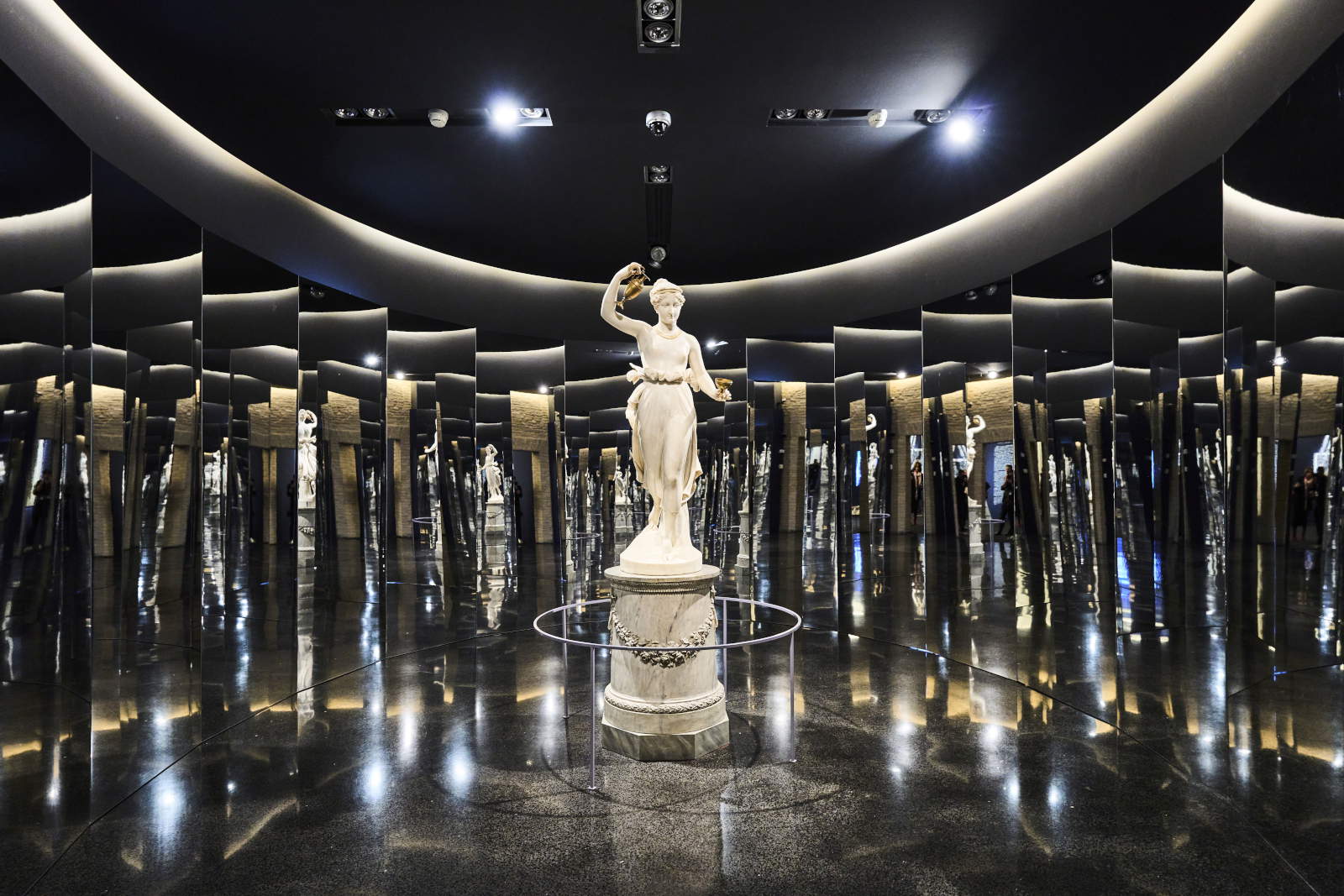
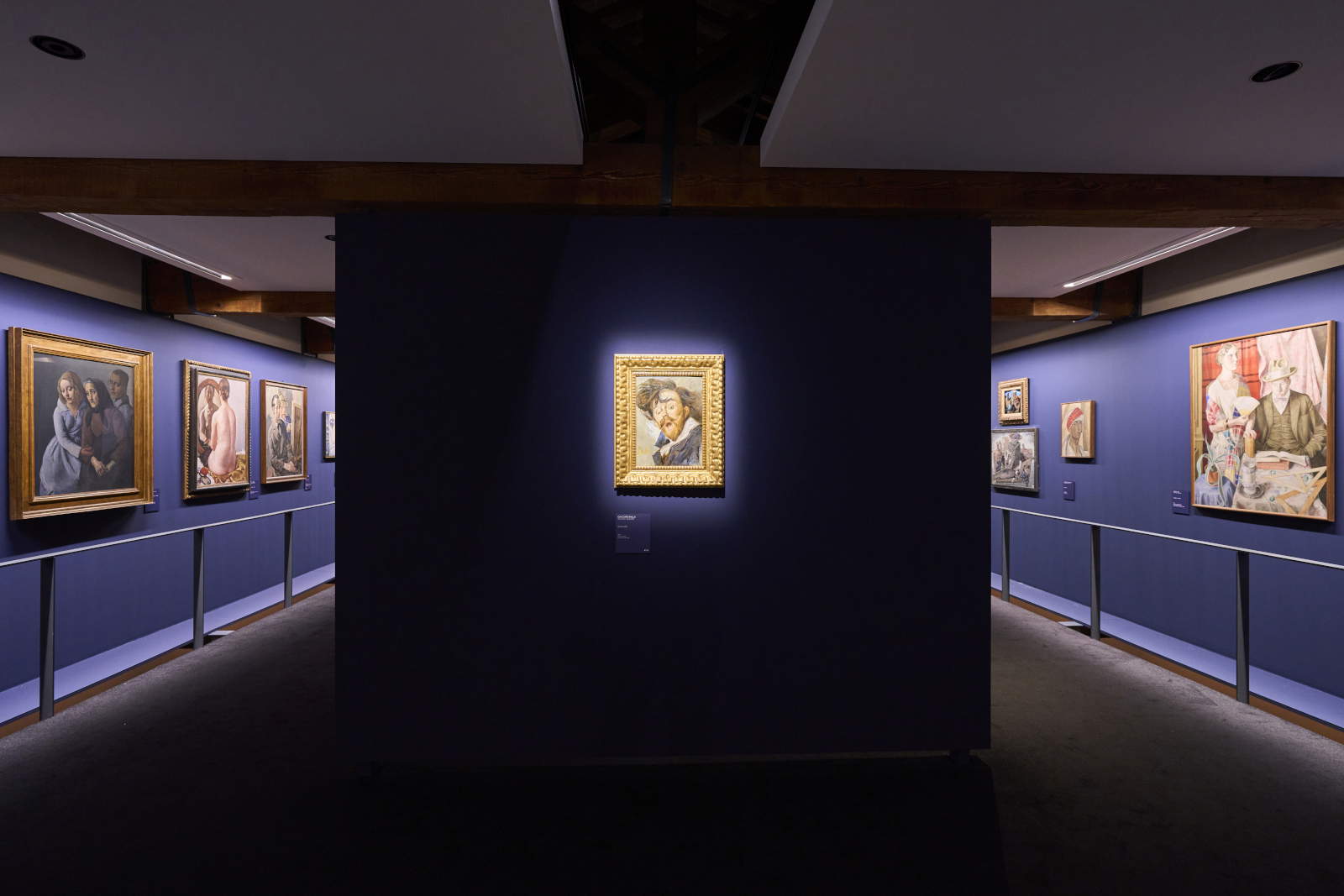
 |
| At the San Domenico Museums in Forlì a major exhibition on the artist's portrait, from the Ancient to the Twentieth Century |
Warning: the translation into English of the original Italian article was created using automatic tools. We undertake to review all articles, but we do not guarantee the total absence of inaccuracies in the translation due to the program. You can find the original by clicking on the ITA button. If you find any mistake,please contact us.





